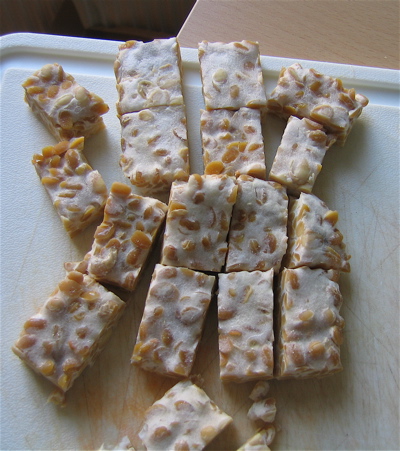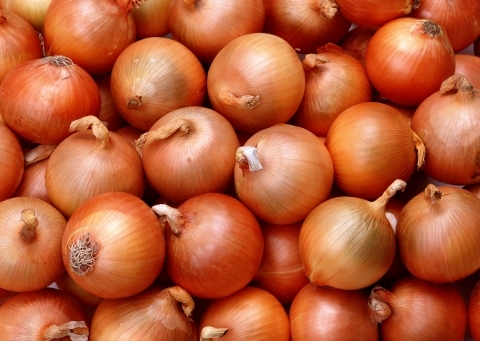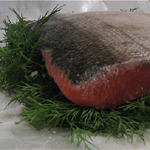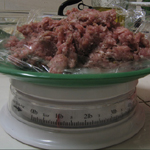 The first time I saw tumbleweed rolling down the street was in rural eastern Washington. We were in some small town near the Idaho border whose name escapes me now. It was early, 7AM or so, and my dad and I pulled the truck up to the only place in town that was open, a greasy spoon offering hearty and heavy breakfast. You know the type — where a ‘short stack’ is 5 inches high and omelettes are made with four eggs. We were on our yearly dad/daughter camping trip and had spent the previous day driving 10+ hours from Seattle. We would eat a hearty breakfast, stock up on whatever supplies we still needed, and head out to the woods.
The first time I saw tumbleweed rolling down the street was in rural eastern Washington. We were in some small town near the Idaho border whose name escapes me now. It was early, 7AM or so, and my dad and I pulled the truck up to the only place in town that was open, a greasy spoon offering hearty and heavy breakfast. You know the type — where a ‘short stack’ is 5 inches high and omelettes are made with four eggs. We were on our yearly dad/daughter camping trip and had spent the previous day driving 10+ hours from Seattle. We would eat a hearty breakfast, stock up on whatever supplies we still needed, and head out to the woods.
The tumbleweed rolled and tumbled down the windy street as we sat in the diner. Little plumes of dust swirled in its wake, lit by the morning sun. I remember watching the tumbleweed as I ate my breakfast, thinking… where *are* we? I felt like I was in some eerie, abandoned Old West town, but my dad kept things light by making Wile E. Coyote jokes and doing voices from Looney Tunes because that’s the kind of guy he is :)
Who’d have thought that more than ten later I would open up my Mystery Box of vegetable from Mariquita Farms and find a close cousin of that tumbleweed. And furthermore, that I would cook it up into a cheesecake and write a post about tumbleweed and cooking.
But that’s far enough down memory lane. Let’s talk agretti!
Please do not judge agretti by its appearance. It hardly looks like a vegetable, but rather a strange grass you might find growing at the edge of a pond or an oasis in the high desert. When eaten raw, agretti is the slightest bit lemony, reminiscent of sorrel, and when you bite into it, has the tendency to pop, a little like a juicy grape. Cooked, it loses its pop but retains its flavor. Raw or just barely cooked it has a brilliant green color, which darkens after about 5 minutes of cooking.
When confronted with this vegetable I had never seen before in my life, I was a little… intimidated. The internet offered few ideas, and it isn’t mentioned even once in my LARGE stack of cookbooks… what to do? But of course! Cheese, eggs, herbs, more cheese, bake… this combination rarely fails me.
I’ve yet to see this vegetable anywhere besides vegetable boxes from Maraquita farms, but if you do happen to come across it, I encourage you to pick up a bunch and try out this unusual vegetable!
Agretti and Ricotta Cheesecake
Inspired by 101 Cookbooks1 large bunch Agretti, rinsed and dried
2 medium shallots
5-6 cloves garlic8 oz. neufchatel cheese (or cream cheese)
2 c. ricotta, drained for 10 minutes
a large handful of fresh herbs, chopped (I used a mix of tarragon, sage, and parsley)
1/2 c. grated parmesan
2 eggs1/3 c. goat cheese, crumbled
Preheat the oven to 325. Oil a 7 inch spring form pan*.
Trim the bottom 1-2 inches from the agretti stems and discard. Chop the rest into 1-2 inch pieces.
Heat about 2 T. olive oil in a large saute pan over medium high heat. Add the shallots, cook 1-2 minutes, then add the garlic. Saute for 2-3 minutes, then add the agretti and very generously season with salt and pepper. Saute until the agretti has reduced to about 1/3 it’s original size. Allow to cool, then transfer to a cutting board and roughly chop.
Put the neufchatel into a large bowl and whip either with a fork or an electric whisk to soften. Add the ricotta, herbs, parmesan, and eggs and mix until well combined. Fold the agretti mixture into the cheese. Pour into the spring form pan, place on a baking tray, and bake for 1 hour.
Sprinkle goat cheese over the top of the cheesecake and bake for an additional 20-30 minutes, until goat cheese has softened. If desired, place the cheesecake under the broiler for 1-2 minutes until the top is golden. Remove from oven, allow to cool for about 15 minutes, then release from spring form pan. Serve warm or at room temperature.
*Note: if you don’t have a spring form pan, you may use a regular pie plate. Keep an eye on the cooking process though, as the depth of the cheesecake is quite different when using a pie dish versus a small spring form pan. You will likely need to cook the cheesecake for less time.
« Apricot, Cornmeal, and Sage Cookies | Home | Zuni Inspired Ricotta Gnocchi »












